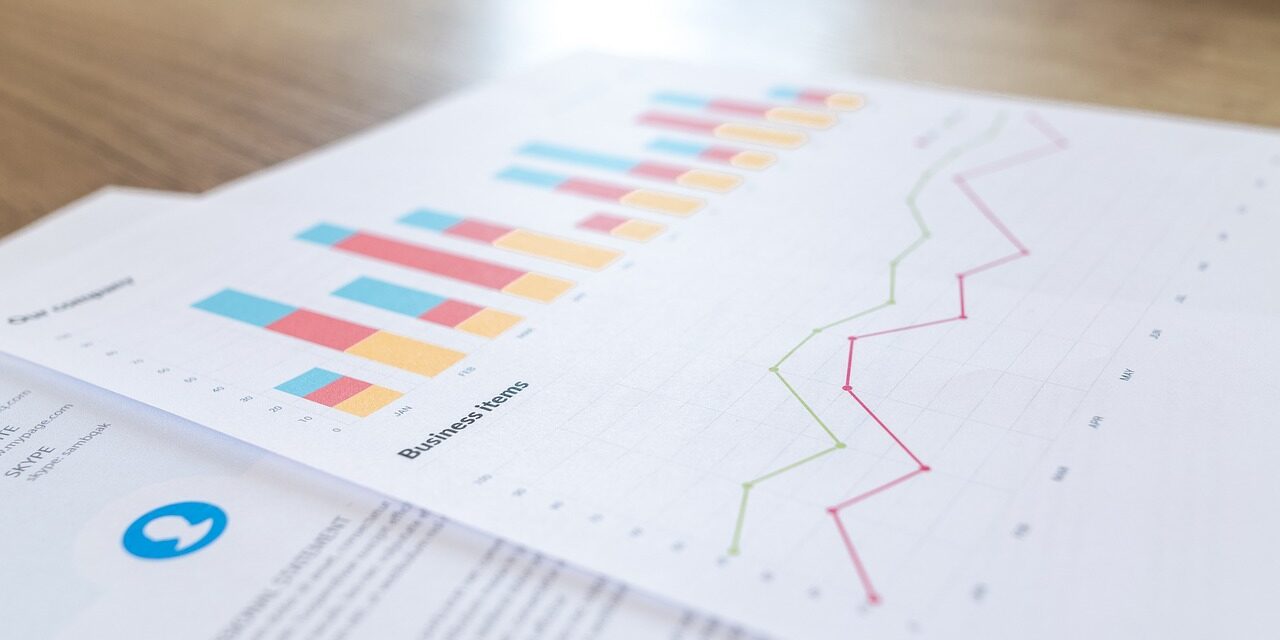Introduction to Predictive Analytics
Predictive Analytics In the era of digital transformation, data has become a valuable currency that organizations can leverage to gain a competitive edge. Predictive, a powerful subset of data analytics, is spearheading this transformation by providing businesses with the ability to forecast future trends, behaviors, and outcomes. This blog explores how predictive analytics is revolutionizing industries across the board, ushering in a new era of informed decision-making and strategic planning.
Understanding Predictive Analytics
Predictive is the process of using historical data, statistical algorithms, and machine learning techniques to identify the likelihood of future outcomes based on patterns and trends. Unlike traditional analytics that focus on descriptive insights, predictive analytics empowers organizations to proactively anticipate future events, enabling more effective and strategic decision-making.
The Components of Predictive Analytics
- Data Collection and Cleaning: High-quality predictions start with high-quality data. Predictive relies on robust data collection processes and thorough data cleaning to ensure accuracy and reliability.
- Statistical Analysis: Statistical models are employed to analyze historical data and identify patterns, correlations, and trends. This forms the basis for making predictions about future events.
- Machine Learning Algorithms: Machine learning algorithms play a crucial role in predictive by enabling systems to learn from data and improve their accuracy over time. These algorithms include regression analysis, decision trees, neural networks, and more.
- Model Training and Validation: Predictive models are trained using historical data and validated to ensure they can effectively predict outcomes in new, unseen data.
- Deployment and Monitoring: Once trained and validated, predictive models are deployed in real-world scenarios. Ongoing monitoring is essential to ensure the models remain accurate as conditions and data evolve.
Applications Across Industries
- Retail: Predictive helps retailers forecast demand, optimize inventory levels, and personalize marketing efforts, enhancing customer satisfaction and maximizing profits.
- Healthcare: From predicting disease outbreaks to optimizing patient outcomes and resource allocation, predictive analytics is transforming healthcare by providing data-driven insights for better decision-making.
- Finance: In the financial sector, predictive analytics is used for credit scoring, fraud detection, and stock market predictions, enabling institutions to make informed and timely decisions.
- Manufacturing: Predictive maintenance, based on the analysis of equipment performance data, helps manufacturers reduce downtime, extend the lifespan of machinery, and optimize maintenance schedules.
- Marketing: Marketers leverage predictive analytics to identify potential high-value customers, personalize content, and optimize advertising strategies for better ROI.
Benefits of Predictive Analytics
- Strategic Decision-Making: Predictive provides organizations with valuable insights for making strategic decisions, mitigating risks, and seizing opportunities.
- Cost Optimization: By anticipating future trends and outcomes, organizations can optimize resource allocation, reduce waste, and enhance operational efficiency.
- Enhanced Customer Experience: Personalized recommendations and tailored services based on predictive analytics contribute to an improved customer experience, fostering loyalty and satisfaction.
- Competitive Advantage: Organizations that embrace predictive gain a competitive advantage by staying ahead of the curve and adapting to changing market conditions.
Conclusion
As industries continue to embrace the data revolution, predictive stands out as a transformative force, unlocking the potential for organizations to make smarter, more informed decisions. By harnessing the power of historical data and cutting-edge technologies, businesses can navigate the complexities of today’s dynamic landscape with confidence, anticipating challenges and capitalizing on opportunities. The integration of predictive is not just a technological upgrade; it’s a strategic move that propels industries into a future where data-backed insights drive success and innovation.





